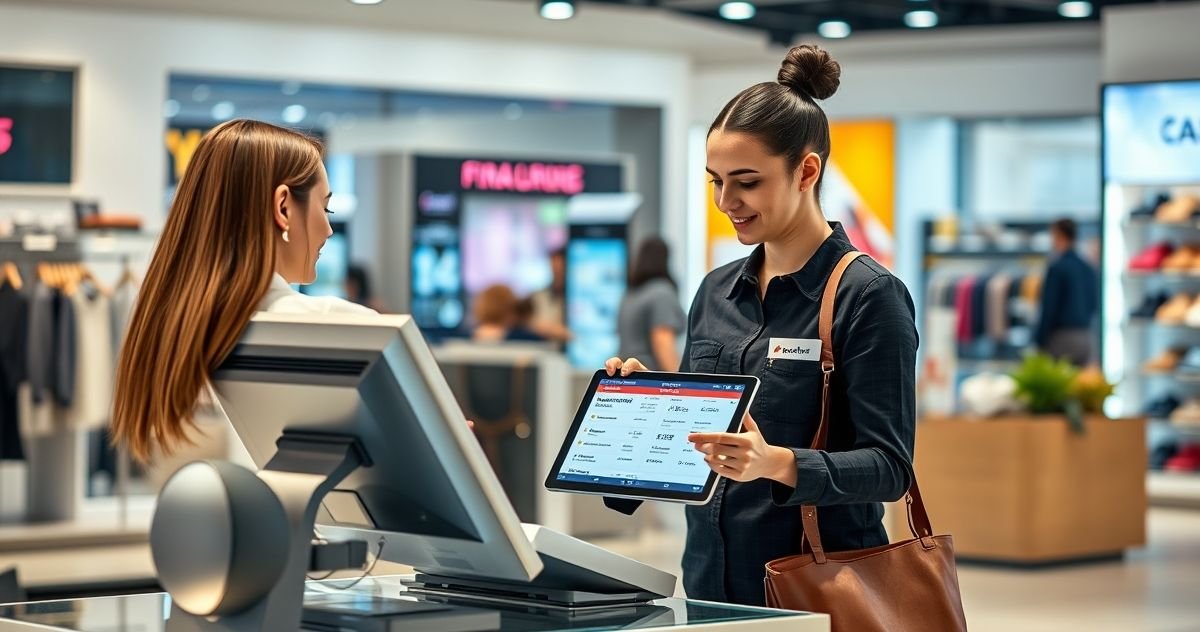Distributed retail lending transforms how consumers finance large purchases by integrating loan options directly at the point of sale—whether in-store or online. Instead of applying separately at a bank or lender, customers can quickly apply for financing while shopping.
In this setup, retailers or service providers collaborate with banks or fintech companies that provide the loan capital and manage the credit decision. You, the consumer, complete a brief application on the retailer’s checkout interface or website, which is then instantly reviewed by the lender’s automated system. Upon approval, the lender pays the merchant on your behalf, and you repay the lender over time.
This model is prevalent across various sectors, including electronics, furniture, automotive, home improvement, and healthcare services. Common examples include Buy Now, Pay Later (BNPL) services like Affirm and Klarna, dealership financing for cars, home repair loans through specialized lenders such as GreenSky, and healthcare payment plans for treatments not covered by insurance.
Distributed retail lending offers several benefits: consumers gain convenience, quick access to credit, and manageable payment options; retailers see increased sales and higher average order values; lenders acquire targeted customers with potentially lower credit risk.
However, consumers should be cautious about overspending and carefully review loan terms. Many BNPL options offer interest-free payments if paid on time, but longer-term installment loans may carry high interest rates—sometimes over 20% APR. Late fees and missed payments can impact credit scores, as some lenders report to credit bureaus and perform hard credit inquiries during loan approval (see Credit Score Impact).
For those considering distributed retail lending, understanding these features and risks is essential. Always verify loan terms and confirm the legitimacy of the lending partner before agreeing to financing.
Related topics include Home Renovation Financing, Equipment Financing, and Unsecured Business Loans.
For official guidelines and consumer protections, visit the Consumer Financial Protection Bureau’s page on Buy Now, Pay Later.
Sources:
- Consumer Financial Protection Bureau. (2023). “Report on Buy Now, Pay Later Lenders.” https://www.consumerfinance.gov/about-us/newsroom/cfpb-releases-report-on-buy-now-pay-later-lenders/
- Forbes Advisor. “What Is Embedded Finance And Why Is It The Future Of Lending?” https://www.forbes.com/advisor/banking/what-is-embedded-finance/
- NerdWallet. “What Is Point-of-Sale Financing?” https://www.nerdwallet.com/article/loans/personal-loans/point-of-sale-financing



